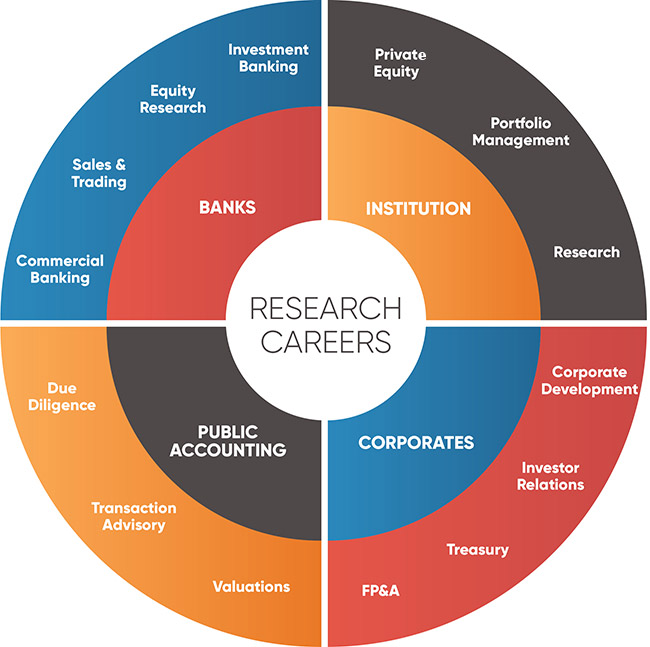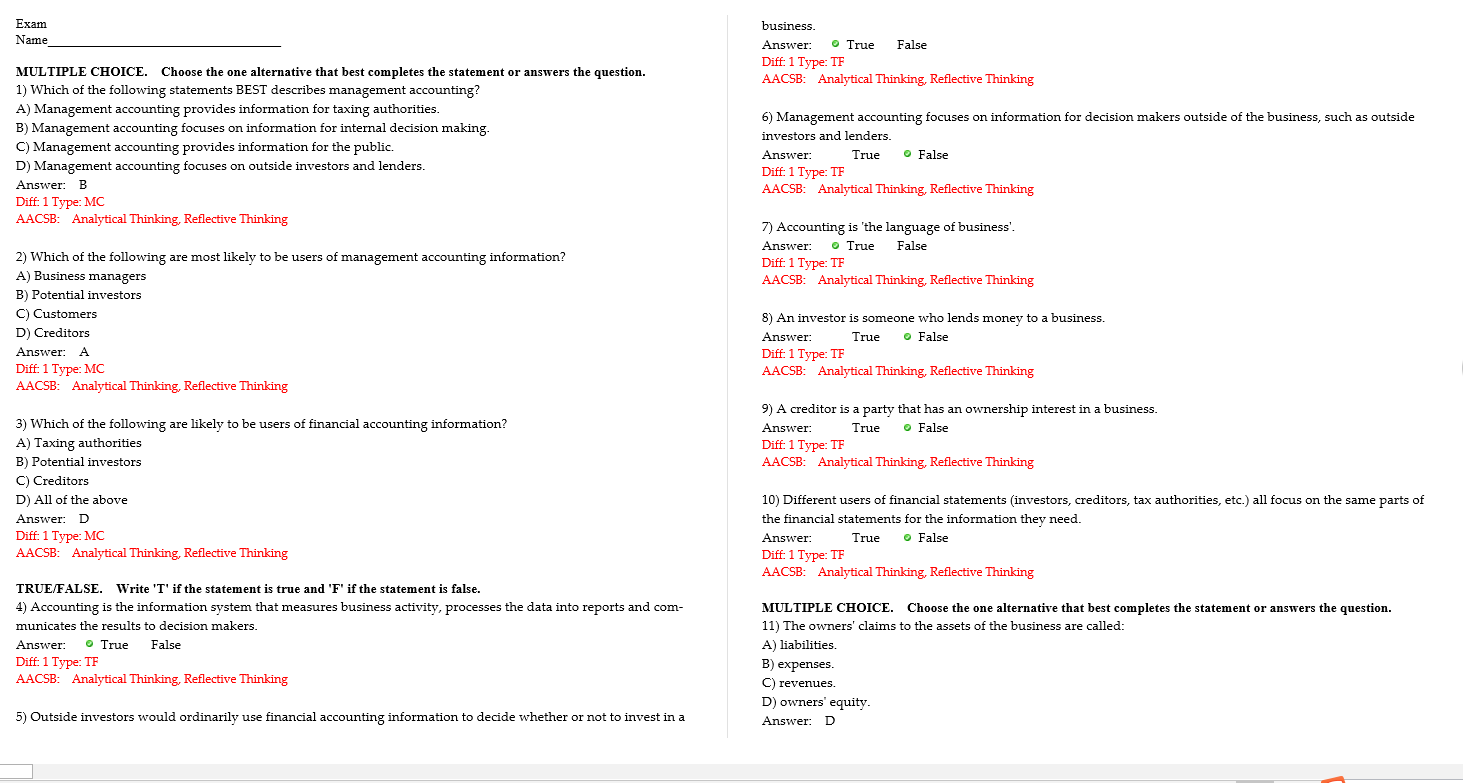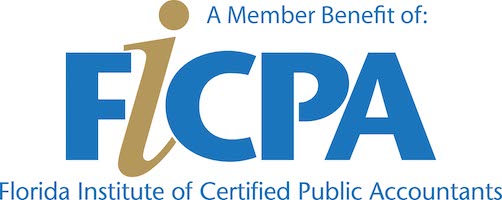
There are several ways to calculate your direct costs. To find out the cost to produce one unit of a product, you can multiply that number by the monthly production. You can also calculate your costs quarterly or annually. To calculate your direct costs you can compare labor and materials costs. You can use this information, regardless of whether or not they are directly related.
Variable cost
A business firm's variable costs include the cost of raw materials used in production. These costs increase as the firm's activity and expenditure increases. These changes happen without management intervention. Variable costs include fuel and labor as well as utilities and wages. Below are the most frequent types of variable cost. No matter where they originate, variable costs can impact any business' bottom line.
Variable and fixed costs are different because the former directly relate to the product being manufactured. Indirect costs, on the other hand, are not tied to a product or service. Indirect costs, however, are less predictable than direct costs. When indirect costs are associated with long-term agreements, they can be difficult or impossible to track. They can also differ depending on how much production is involved. Understanding the difference between indirect and direct costs will help you plan your finances more effectively.
Fixed costs
Fixed costs are items that have a fixed price regardless of how much they are produced. This type of cost can also be referred to directly as costs. Some of these items depend on their source, and are not dependent on any particular quantity. Although the salary of a supervisor could be directly attributable to a project's success, it is not an exact dollar amount. Some items, like materials that are used in the production of a product may have variable dollar amounts, but can be directly traced back to the product.
Fixed and variable costs differ in one key aspect: their duration. Variable costs can change from month to month, which is why they are so unpredictable. Variable costs can reduce profit margins, resulting in either huge profits or dramatic losses. Fixed costs, however, are constant regardless of how much output is produced. Additionally, fixed costs are often tied to time, so they are less sensitive to changes in output.
Costs associated with overall operations

Understanding costs associated with overall operations is critical to the viability of any business. Business profitability will drop as operating costs rise. These costs can be controlled to improve a company's financial health and increase profitability. The majority of operating costs do not directly relate to the making or delivery of a product, service or other expenses. Other items that fall under the operating category include property taxes, depreciation and sales and marketing campaign expenses.
Fixed assets are the most frequent expenses associated with overall operations. These include office and warehouse equipment, computers, delivery vehicles, store displays, and advertising. Fixed assets depreciate in value over time. Marketing expenses can include brochures, business cards and TV ads. Property taxes are another expense that can be significant. They vary based upon the assessed value of buildings. Transportation and delivery are additional costs associated with inventory.
Costs that can be attributed to a particular cost objective
In economics and accounting, direct costs are expenses directly attributable to a cost object. Some costs are considered direct because they can be traced back to specific units or processes. Indirect cost are those costs that are incurred as a support to overall operations. Managers can make informed decisions about how to use resources and money by understanding the difference between direct and indirect costs. Here are some examples for direct and indirect cost.

Direct is the first type. It is easy to trace direct costs back to a cost objective. These direct costs include materials, labor and equipment as well as all effort involved in construction. Non-construction industry costs include a portion of operating costs directly attributable to a product or process. Also included are salaries and materials that are required to complete the project.
FAQ
What is the difference between accounting and bookkeeping?
Accounting studies financial transactions. Bookkeeping is the recording of those transactions.
These are two related activities, but separate.
Accounting deals primarily in numbers while bookkeeping deals with people.
To report on an organization's financial situation, bookkeepers will keep financial information.
They adjust entries in accounts receivable and accounts payable to make sure that the books balance.
Accountants analyze financial statements to determine whether they comply with generally accepted accounting principles (GAAP).
If they are unsure, they might recommend changes in GAAP.
Bookskeepers record financial transactions in order to allow accountants to analyze it.
What is the difference between a CPA (Chartered Accountant) and a CPA (Chartered Accountant)?
A chartered accountant is a professional accountant who has passed the exams required to obtain the designation. Chartered accountants are typically more experienced than CPAs.
Chartered accountants are also qualified to offer tax advice.
To complete a chartered accountant course, it takes about 6 years.
What is reconciliation?
It's vital as mistakes may happen, and you don't know what to do. Mistakes include incorrect entries, missing entries, duplicate entries, etc.
These problems can lead to serious consequences like inaccurate financial statements and missed deadlines, excessive spending, bankruptcy, and other negative effects.
What happens if I don't reconcile my bank statement?
You might not realize the error until the end, if you haven't reconciled your bank statement.
At this point, you will need repeat the entire process.
Statistics
- Employment of accountants and auditors is projected to grow four percent through 2029, according to the BLS—a rate of growth that is about average for all occupations nationwide.1 (rasmussen.edu)
- The U.S. Bureau of Labor Statistics (BLS) projects an additional 96,000 positions for accountants and auditors between 2020 and 2030, representing job growth of 7%. (onlinemasters.ohio.edu)
- a little over 40% of accountants have earned a bachelor's degree. (yourfreecareertest.com)
- BooksTime makes sure your numbers are 100% accurate (bookstime.com)
- "Durham Technical Community College reported that the most difficult part of their job was not maintaining financial records, which accounted for 50 percent of their time. (kpmgspark.com)
External Links
How To
How to Get a Degree in Accounting
Accounting is the process of keeping track of financial transactions. It records transactions made by individuals, governments, and businesses. Accounting refers to bookkeeping records. These data are used by accountants to create reports that help companies or organizations make decisions.
There are two types of accountancy - general (or corporate) accounting and managerial accounting. General accounting involves the reporting and measurement business performance. Management accounting focuses primarily on the measurement, analysis, and management of resources.
A bachelor's in accounting can prepare students to work as entry-level accountants. Graduates can also opt to specialize in areas such as auditing, taxation or finance management.
Accounting is a career that requires a solid understanding of economic concepts like supply and demand and cost-benefit analysis. Marginal utility theory, consumer behavior, price elasticity of demand and law of one price are all important. They should also be able to understand macroeconomics, microeconomics and accounting principles as well as various accounting software packages.
A Master's degree is available for students who have completed at most six semesters of college courses. Graduate Level Examinations must also be passed. This exam is typically taken at the end of three years' worth of study.
Candidates must complete four years in undergraduate and four years in postgraduate studies to become certified public accountants. After passing the exams, candidates can apply to register.